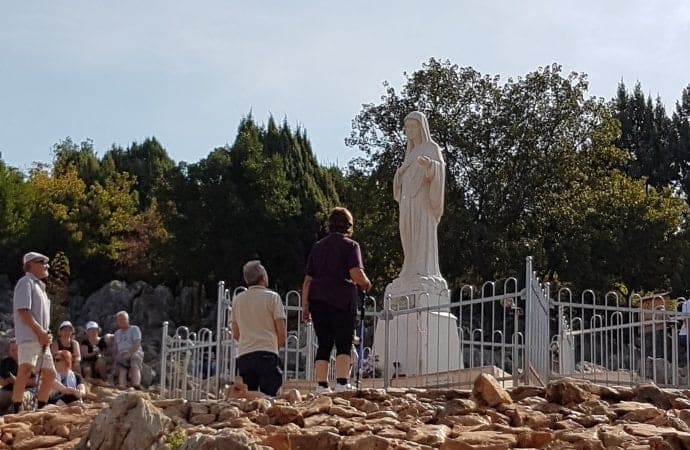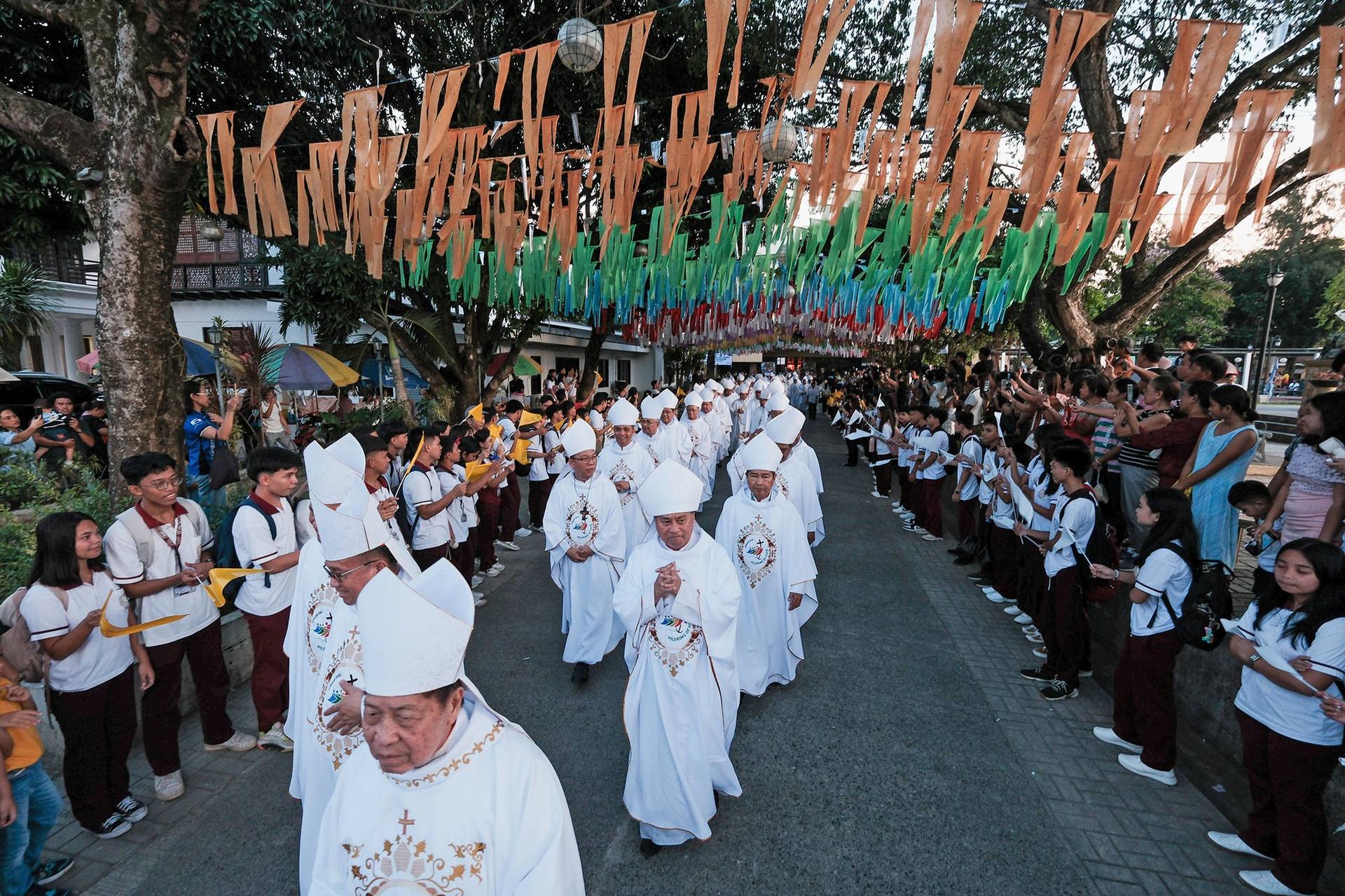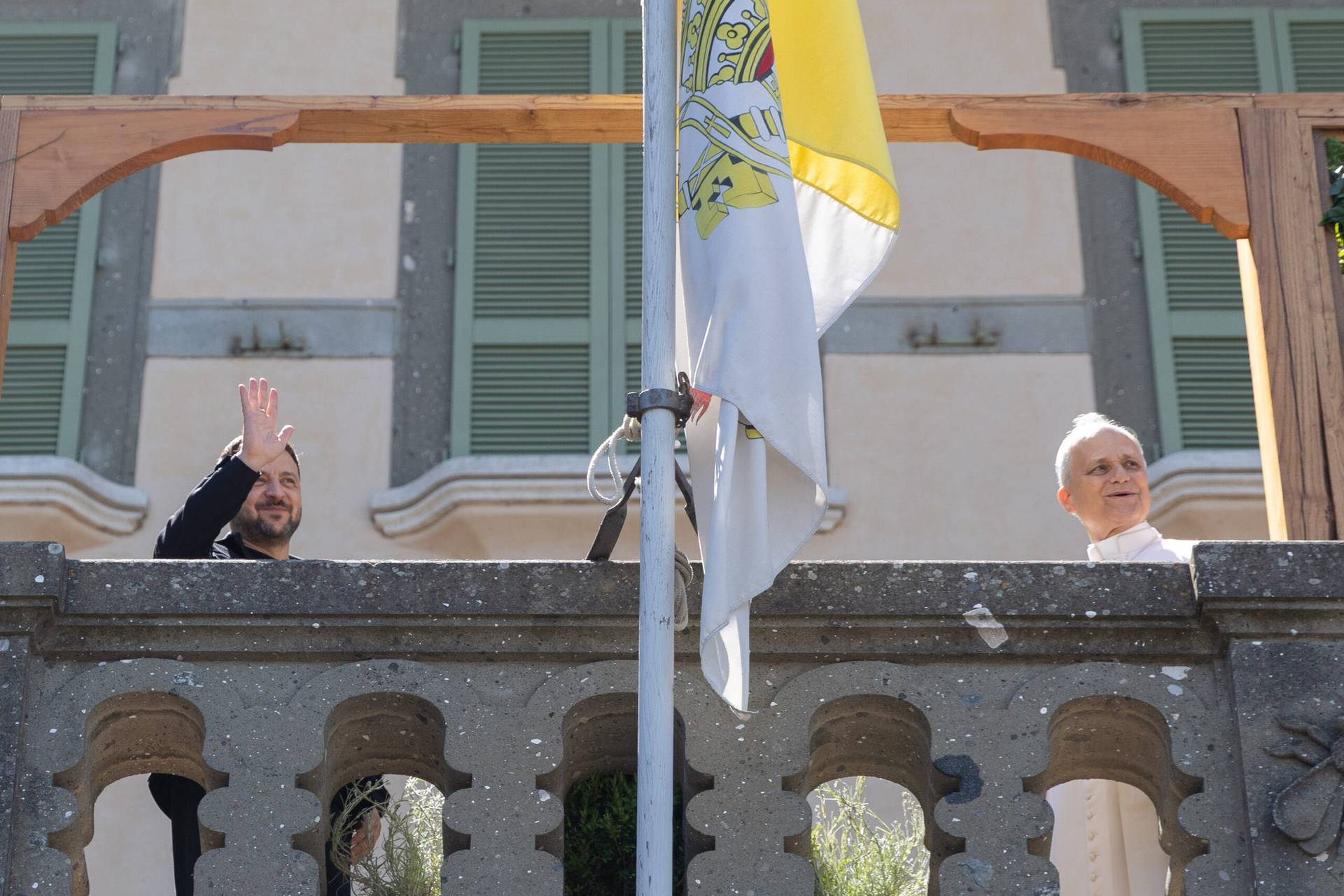ROME—Pope Francis is interested in the “popular piety” found in Medjugorje, a small village in Bosnia-Herzegovina where the Virgin Mary has allegedly been appearing since the early 1980s.
“The Holy Father is very interested in the development of the popular piety that takes place in this site,” said Polish Archbishop Henryk Hoser, tapped by Francis to study the pastoral situation of the town, which welcomes an estimated 2.5 million pilgrims from around the world each year.
The fact that the faithful who go there “derive a definite spiritual benefit cannot be overlooked or silenced,” he said on March 27, according to SIR, the news agency of the Italian Bishop’s Conference.
His words came ahead of his first visit to Medjugorje as papal delegate.
The prelate also said that the mission entrusted to him has a “supplementary character” to the study made by the Vatican’s Congregation for the Doctrine of the Faith, which was led by Italian Cardinal Camillo Ruini.
Ruini’s commission, set up by Pope Benedict XVI in 2010 to study the Medjugorje question, concluded its works in 2014. On June 6, 2015, Pope Francis told reporters that “we’ve reached the point of making a decision and then they will say.”
Little to nothing had been said about Medjugorje since then, until February 11, when the Vatican announced Francis had appointed Hoser to do an overview of the pastoral care the pilgrims receive when they arrive.
His overview, Hoser said, will work for “the good of the pilgrims,” so that “the pastoral activities are improved and better coordinated.”
Upon arriving in the city, according to Medjugorje.hr, the bishop visited the church of St. James, which doubles as a welcoming center for pilgrims. Here, he reportedly spoke about Francis’s interest in the popular piety that moves the faithful towards this pilgrimage site.
“We are in the place that gathers many pilgrims,” Hoser said. “Let us all together pray for the intercession of Mother of God, so she would open our hearts to the grace of God, so she would open our minds to the grace of God, to the teaching of the Church and to the Word of God.”
Before going to Medjugorje, the prelate went to Mostar-Duvno, the diocese to which Medjugorje belongs. The local bishops have been skeptical about the phenomenon since it allegedly began, back in 1981, when Our Lady Queen of Peace first allegedly appeared to a group of seers, and continues to do so.
Two weeks after the pope appointed Hoser, Bishop Ratko Peri wrote on the diocesan website that “Considering everything that this chancery has so far researched and studied, including the first seven days of the alleged apparitions, it can peacefully be affirmed: The Madonna has not appeared in Medjugorje!”
Francis himself has rarely mentioned the site of the alleged apparitions, yet he’s said in several opportunities that the Virgin Mary is not a “postmistress,” delivering letters and messages on a daily basis, which has been read as an indirect jab to Medjugorje.
However, he’s also known to appreciate the importance of popular piety, an expression of the theology of the people. Father Juan Carlos Galli, an Argentine theologian close to the pope, once told Crux that Francis learned to value such popular expressions of devotion early on, seeing them not merely as quaint or kitschy, but rather a touchstone for both theology and pastoral activity.
The pope’s home country has several devotions that have kept millions flocking to shrines as an expression of the people’s faith. From Our Lady of Luján, patroness of Argentina to San Cayetano, patron of bread and work.
Cardinal Jorge Mario Bergoglio, today Pope Francis, was often seen in both, celebrating Mass and even accompanying the hundreds of thousands who walked the 46 miles that divide Buenos Aires to Luján.














